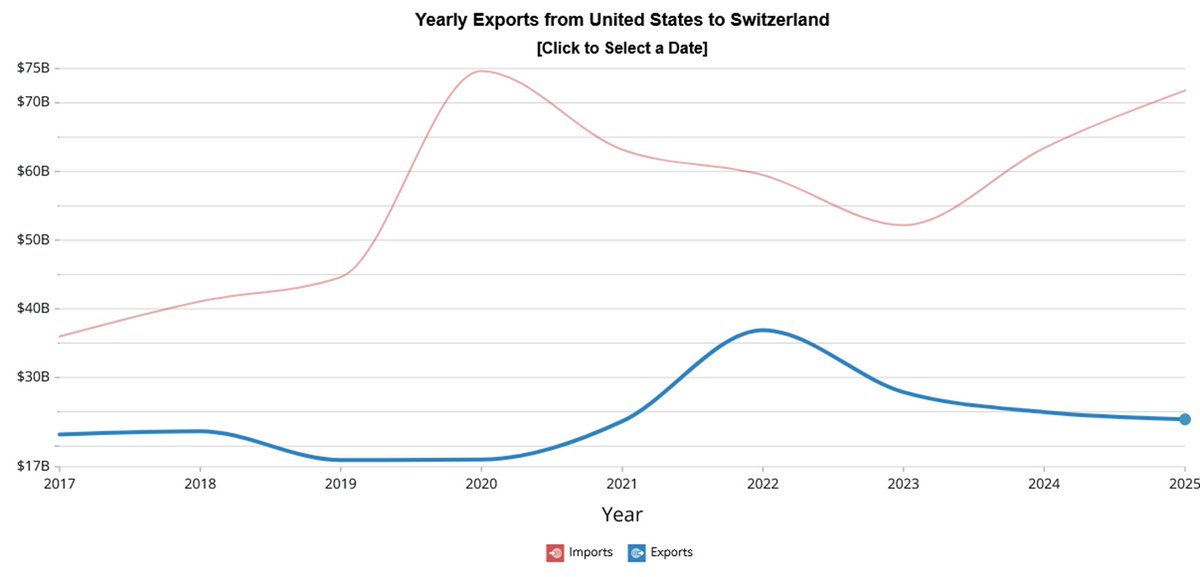Here is a brief summary for the PetroTal community that we did in April 2021. DM or email for full version.
#TAL #PTAL
#TAL #PTAL

• • •
Missing some Tweet in this thread? You can try to
force a refresh
































